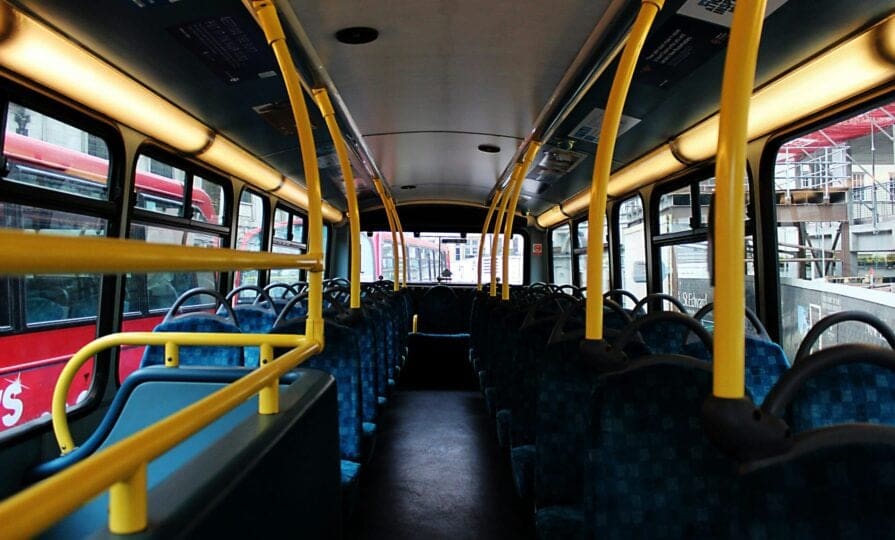NAO warns of rising costs in home to school transport
Local authorities have consistently spent more than they budgeted for transport, the report said, with overspends totalling £415m – or 22% – in 2023-24

Register to get 1 free article
Reveal the article below by registering for our email newsletter.
Want unlimited access? View Plans
Already have an account? Sign in
Local authorities in England have seen spending on home to school transport rise by 70% in real terms since 2015, driven largely by increasing demand from pupils with special educational needs and disabilities (SEND), according to a new report from the National Audit Office (NAO).
The watchdog said total spending reached £2.32bn in 2023-24, up from £1.36bn in 2015-16, with two-thirds of the total – about £1.52bn – spent on transporting children of compulsory school age with SEND. Based on current trends, the Department for Education (DfE) expects the cost of transport for this group to exceed £3bn by 2029-30.
The NAO found that an estimated 520,000 children and young people now receive home to school transport in England. Of these, about 180,000 are children with SEND. The number of pupils supported through the scheme rose by 6% between 2019 and 2023.
Local authorities have consistently spent more than they budgeted for transport, the report said, with overspends totalling £415m – or 22% – in 2023-24. Nearly half of councils reported annual overspends of 20% or more.
The increase in demand reflects a sharp rise in the number of children and young people with education, health and care (EHC) plans, which have grown by 166% since 2015 to 639,000 this year. Around a third of pupils with an EHC plan attend special schools, which often serve larger geographical areas and require longer travel distances.
Average annual transport costs per pupil with SEND are about five times higher than for mainstream pupils – £8,116 compared with £1,526 – due to longer journeys, the need for specialist vehicles and trained passenger assistants. In some cases, local authorities reported paying as much as £145k a year to transport a single pupil.
The NAO said local transport markets have struggled to recover from the Covid-19 pandemic, leading to driver shortages, higher operating costs and reduced public transport provision. Bus operators saw fuel prices rise by 12% and wages by 28% between 2021 and 2024, while bus services outside London fell by 15% over the same period.
In response to growing pressures, local authorities have scaled back non-statutory transport, particularly for post-16 students, children below compulsory school age and those not attending their nearest suitable school. The DfE acknowledged that these reductions could increase the number of young people not in education, employment or training (NEET).
Councils are also adopting measures to control costs, including personal travel budgets, independent travel training and route-optimisation software to improve efficiency. However, the report noted that there is “no one-size-fits-all solution” to balancing cost and need.
The DfE is developing new data collection systems, updated guidance and forthcoming SEND reforms intended to make education more inclusive and reduce reliance on costly specialist transport. It is also working with other departments on funding and transport planning, including initiatives under the Bus Services Bill and local net zero strategies.
Paul Whiteman, general secretary of the National Association of Head Teachers, said: “Home to school transport is a vital service, particularly for pupils with special educational needs or those who do not live near their school and whose parents or carers are struggling financially.
“It is not fair or sustainable for councils to have to go over-budget or restrict transport that families rely upon. Doing so could harm school attendance and learning or plunge families deeper into poverty.”
He added: “The answer is investment and reform to ensure all children and families with SEND get appropriate support – and this must start as soon as signs of additional needs first emerge. Action to tackle the root causes and symptoms of poverty would also help, and we hope the government’s child poverty taskforce will deliver this.”


